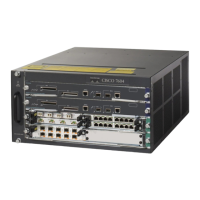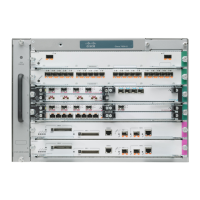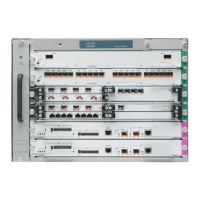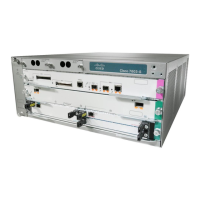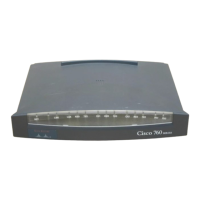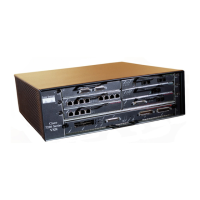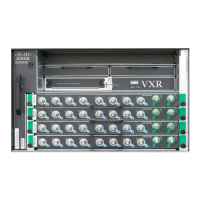CHAPTER
27-1
Cisco 7600 Series Router Cisco IOS Software Configuration Guide—12.1E
78-14064-04
27
Configuring Layer 3 Protocol Filtering on
Supervisor Engine 1
Note Layer 3 protocol filtering is supported with Supervisor Engine 1. Layer 3 protocol filtering is not
supported with Supervisor Engine 2.
This chapter describes how to configure Layer 3 protocol filtering on Layer 2 LAN ports on the
Catalyst 6500 series switches.
Note For complete syntax and usage information for the commands used in this chapter, refer to the
Cisco 7600 Series Router Cisco IOS Command Reference publication.
This chapter consists of these sections:
• Understanding How Layer 3 Protocol Filtering Works, page 27-1
• Configuring Layer 3 Protocol Filtering, page 27-2
Understanding How Layer 3 Protocol Filtering Works
Layer 3 protocol filtering prevents specific Layer 3 protocol packets from being received or transmitted
on a Layer 2 LAN port, which reduces the broadcast domain of specific protocols in a VLAN. For
example, you can configure a Layer 2 LAN port in a VLAN to allow IP packets only, while another
Layer 2 LAN port in the same VLAN allows both IP and Internetwork Packet Exchange (IPX) packets.
Layer 2 LAN trunk ports do not support protocol filtering. You can configure Layer 3 protocol filtering
on a trunk, but the configuration is ignored while the port is a trunk.
Protocol filtering cannot be configured on Layer 3 interfaces—only nontrunk Layer 2 LAN ports support
Layer 3 protocol filtering.
Layer 3 protocol filtering does not support the features available with standard and extended Cisco IOS
ACLs.
Layer 2 protocols, such as Spanning Tree Protocol (STP) and Cisco Discovery Protocol (CDP), are not
affected by Layer 3 protocol filtering. Layer 2 LAN ports that have port security enabled are members
of all protocol groups.
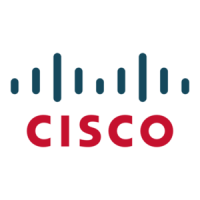
